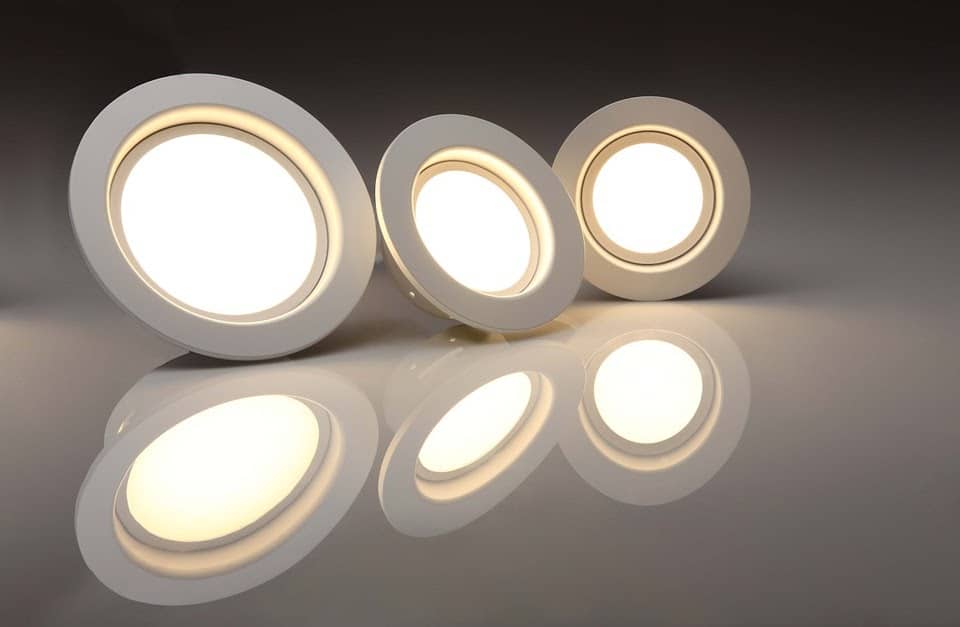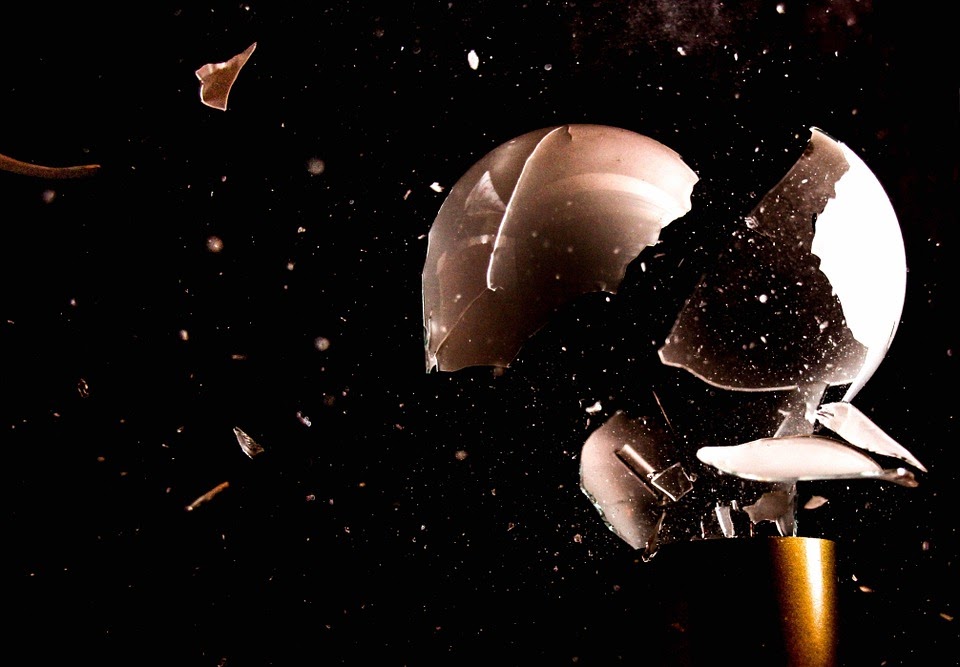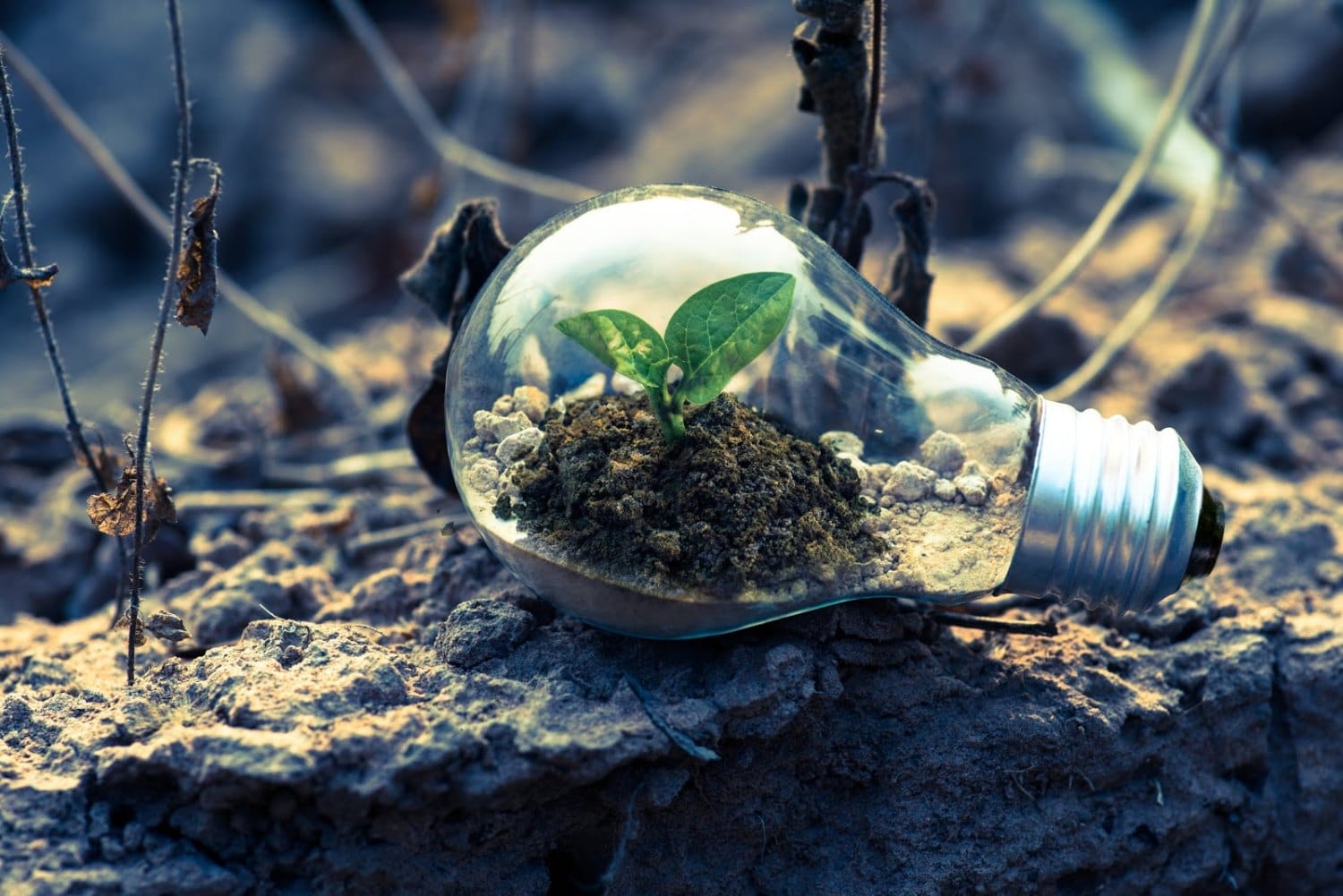With environmentalism and climate action on many people’s minds, there’s a growing desire to make homes more eco-friendly.
But how?
One option is to replace your old incandescent light bulbs with LEDs. And as we’ll explore in the article, the benefits of installing LEDs in your home extend much further than the environment.

5 Benefits of Home LED Lighting
Higher Energy Efficiency
LEDs consume low amounts of energy, using between 2-17 watts. That’s between one-third and one-thirtieth the amount of energy that incandescent and compact fluorescent lights (CFL) use.
One reason for their efficiency is that LEDs don’t produce nearly the same amount of heat as other lighting options. For instance, 95% of the energy produced by a fluorescent bulb is heat, meaning only 5% is light.
For LEDs, those numbers are reversed. It’s for this reason an 84 watt fluorescent bulb produces the same amount of light as a 34 watt LED.
Longer Light Lifespan

The average lifespan of an LED light is between 20,000 to 50,000 hours. That’s 30 times longer than their incandescent counterparts.
If you were to use an LED light for eight hours a day, it would last you an incredible 17 years. Considering most people don’t leave their lights on for that long, it’s likely your LEDs will last even longer.
Fewer Lights Needed
LEDs are a directional light source. For this reason, you can light more of your home with fewer lights. The lights you do install will only illuminate the areas you need.
Other lighting options produce light in all directions, often illuminating areas that don’t need to be lit. So not only are LEDs efficient in the energy they use, they’re also efficient in the light they emit.
Better Quality of Light
The Rijksmuseum in Amsterdam is lit entirely by LED lights. Considering their collection contains paintings by Rembrandt, that goes a long way towards vouching for the quality of light that LEDs provide.
Their quality is due in part to their directional light, and also because the lights come in a variety of colours. The Rijksmuseum specifically wanted to recreate the hues of natural light, but you can outfit your home in whichever colour, or colours, you want!
Proven Green Technology

The efficiency of LEDs means you’re using less energy to power them, leading to fewer greenhouse gas emissions. Their long lifespan means a lower rate of production and waste.
But, there are other features that make LEDs eco-friendly. For example, they’re produced without mercury and other harmful toxins. Moreover, unlike other lighting options, they don’t emit any pollution radiation, and as a result they reduce local air pollution.
Is LED Lighting Cost Effective?
Deciding to do an LED lighting conversion in your home is an investment that pays off over time. While the upfront cost of LEDs lights for home is higher than other lighting options, there are far more cost savings that come into play:
- Because they last longer, you’re replacing bulbs less often. You’ll have gone through several packs of fluorescents or incandescents before you’ve replaced even a single LED.
- The reduced heat generated, due to being more efficient, reduces your energy costs.
- Because fewer lights can illuminate more of your home, you’ll be buying fewer lights in the first place. An area that may have required three incandescents could very possibly only need one or two well-placed LEDs.
Conclusion
If your goal is to make your home more sustainable, there are many reasons to make outfitting your home with LED lighting part of your strategy.
LEDs are more energy efficient, last longer than any other option, and provide a quality of light so good even museums use them. An LEDs installation will save you money while helping the environment.
